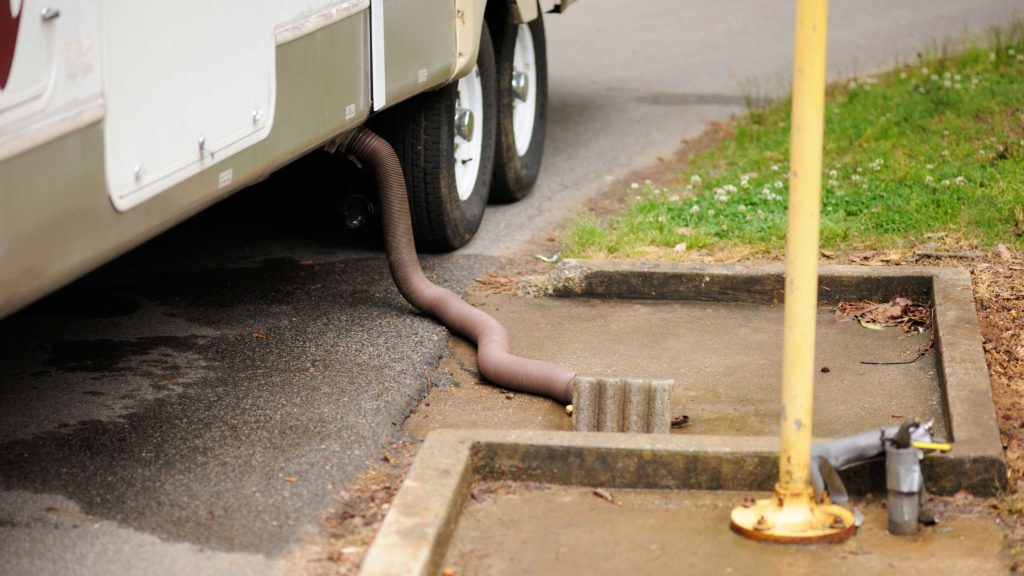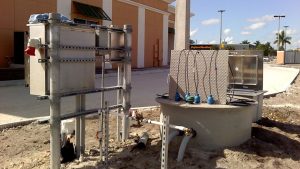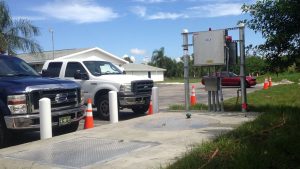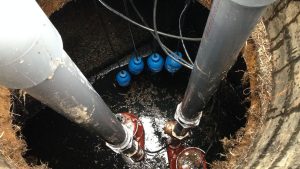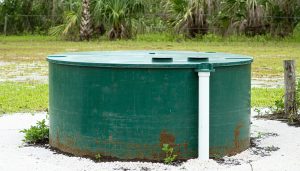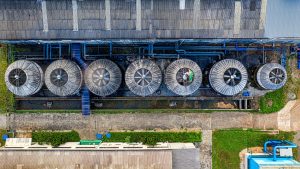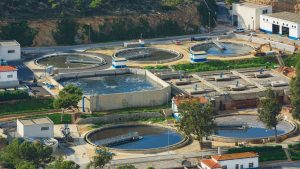Are you designing a lift station? Remember, it’s important to consider more than just the basic function of transporting wastewater from point A to point B. You should take into account factors such as capacity, efficiency, and adaptability for future needs. Incorporating smart sensors can enhance operational efficiency, and using durable materials is essential to ensure that the station can withstand harsh conditions.
Additionally, community engagement and regulatory compliance are vital for the project’s success. The key challenge is how to future-proof your design while ensuring sustainability and safety. There is much more to explore in this complex process.
1. Hydraulic Design Essentials
Hydraulic design should be prioritized in lift station design to guarantee efficient fluid transport. Begin with a comprehensive pump performance analysis to select pumps that meet your flow rate and head requirements, thereby maximizing efficiency.
Next, focus on pipeline material selection and design. Choose materials wisely and optimize the layout to minimize friction loss, ensuring smooth fluid travel.
Gravity flow optimization is crucial; design your system to move wastewater effectively against gravitational forces. Selecting the right control valve types is essential for precise flow and pressure regulation, enhancing overall performance.
2. Electrical Efficiency Strategies
Having established a strong hydraulic foundation, it’s time to focus on electrical efficiency strategies to enhance your lift station’s operation.
Start by conducting energy audits to pinpoint inefficiencies and optimize pump efficiency. Regularly assess the power factor of your electrical system to ensure it’s operating at an optimal level. This can significantly reduce energy costs and improve overall performance.
Incorporate renewable sources, such as solar or wind energy, to supplement your power needs. This not only reduces environmental impact but also offers long-term cost savings.
Implement load management techniques to balance energy demand and prevent overloading your system. By integrating these strategies, you’ll boost efficiency, lower costs, and maintain reliable lift station operations.
3. SCADA System Integration
Integrating SCADA systems into your lift station operations revolutionizes how you monitor and control processes.
With effective data visualization techniques, you can easily interpret complex data, allowing for informed decision-making. Real-time analytics enable you to swiftly identify operational anomalies and optimize performance. Designing a user-friendly interface ensures that you can navigate the system effortlessly, enhancing operational efficiency.
Incorporate system redundancy measures to maintain functionality during unexpected failures, safeguarding your operations. Implement predictive maintenance strategies to anticipate equipment needs before breakdowns occur, minimizing downtime and repair costs.
4. Effective Odor Control
Effective odor control in lift stations is crucial for maintaining a safe and pleasant environment for workers and surrounding communities. Various odor neutralization techniques can achieve this.
Start with chemical treatment options to efficiently target and remove offensive compounds. To enhance these efforts, consider ventilation improvement methods that optimize airflow and prevent the buildup of noxious gases.
Establishing community engagement strategies and keeping residents informed and involved in odor management efforts is essential. This builds trust and makes sure that any concerns are addressed promptly.
Remember the importance of regulatory compliance measures; adhering to these standards guarantees lawful operation and reinforces your commitment to minimizing environmental impact and maintaining community well-being.
5. Ensuring Accessibility and Safety
A critical aspect of lift station design is ensuring accessibility and safety for maintenance and operation. You need to focus on ergonomic layouts that allow easy access to essential components, reducing strain and injury risk during maintenance.
Establish clear maintenance protocols and regular inspection schedules to prevent unexpected failures. Safety training is vital; make sure your team is well-versed in handling equipment safely and efficiently.
Regular hazard assessments help identify potential risks, allowing you to address them proactively. To ensure consistency, keep comprehensive documentation of all procedures and updates.
6. Future-Proofing Lift Stations
While ensuring accessibility and safety remain a priority, preparing your lift station for future challenges is equally important.
Focus on integrating technological advancements and sustainability initiatives to stay ahead. Here’s how you can future-proof:
Embrace Automation Trends: Implement smart sensors and control systems to enhance operational efficiency and reduce manual intervention.
Adapt to Regulatory Updates: Stay informed about changes in environmental regulations to ensure compliance and avoid costly penalties.
Foster Community Engagement: Collaborate with local stakeholders to address concerns and incorporate feedback into your planning process.
South Florida Lift Station: Your Partner in Advanced Wastewater Solutions
Choosing the right partner for wastewater management is crucial. South Florida Lift Station is a leader in lift station services, focusing on hydraulic efficiency, modern electrical solutions, and seamless SCADA integration. We also prioritize effective odor control, accessibility, and safety to guarantee your lift station operates efficiently and complies with environmental standards.
By selecting South Florida Lift Station, you invest in a long-term partner dedicated to sustainability and community collaboration. We use durable materials and innovative ideas to make sure your infrastructure is strong and adaptable to changing regulations.
Transform your vision of wastewater management into reality with South Florida Lift Station. Together, we can build a future that is not only efficient but also deeply respectful of our environment. Partner with a dedicated team that truly understands your needs and is committed to making a difference.

